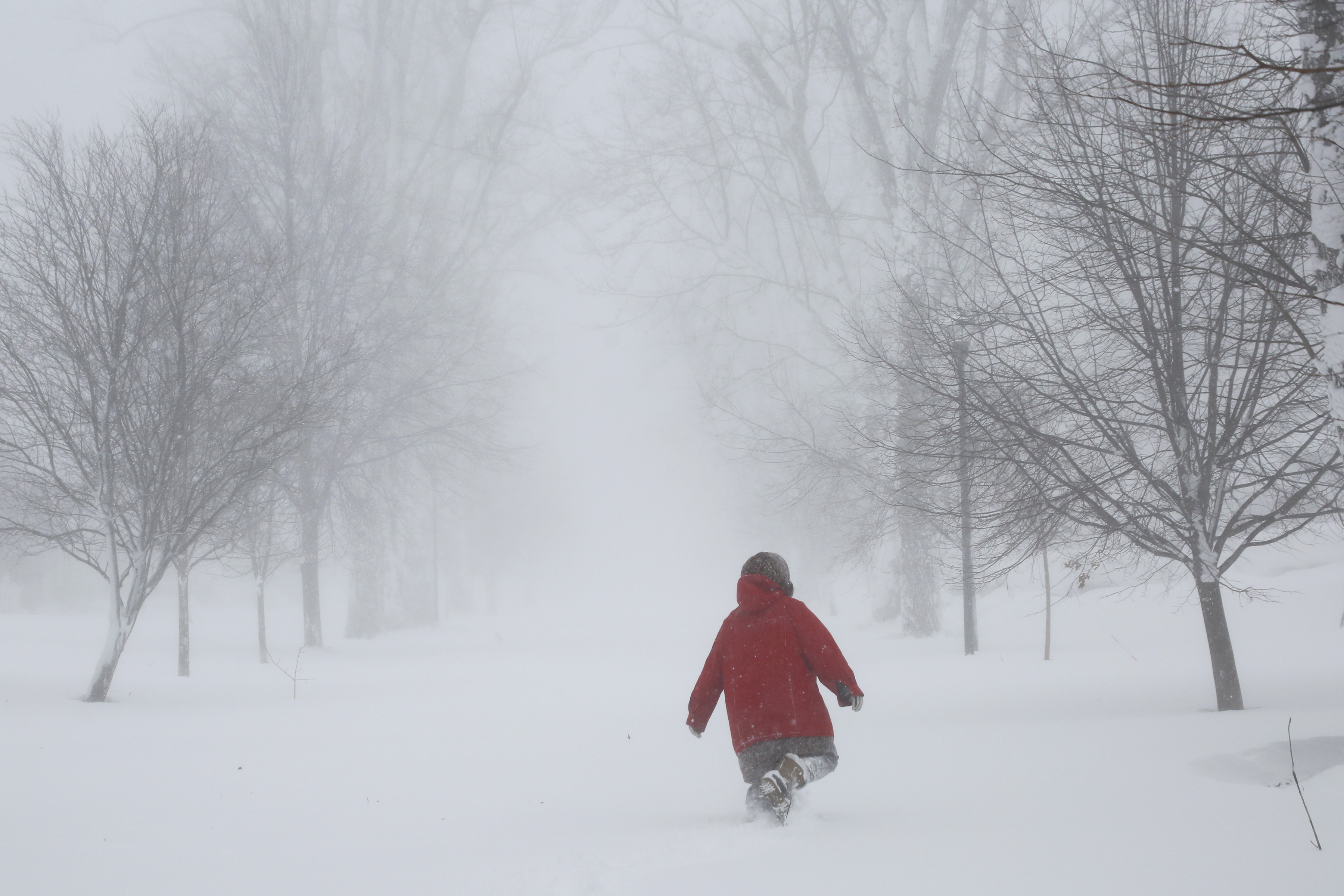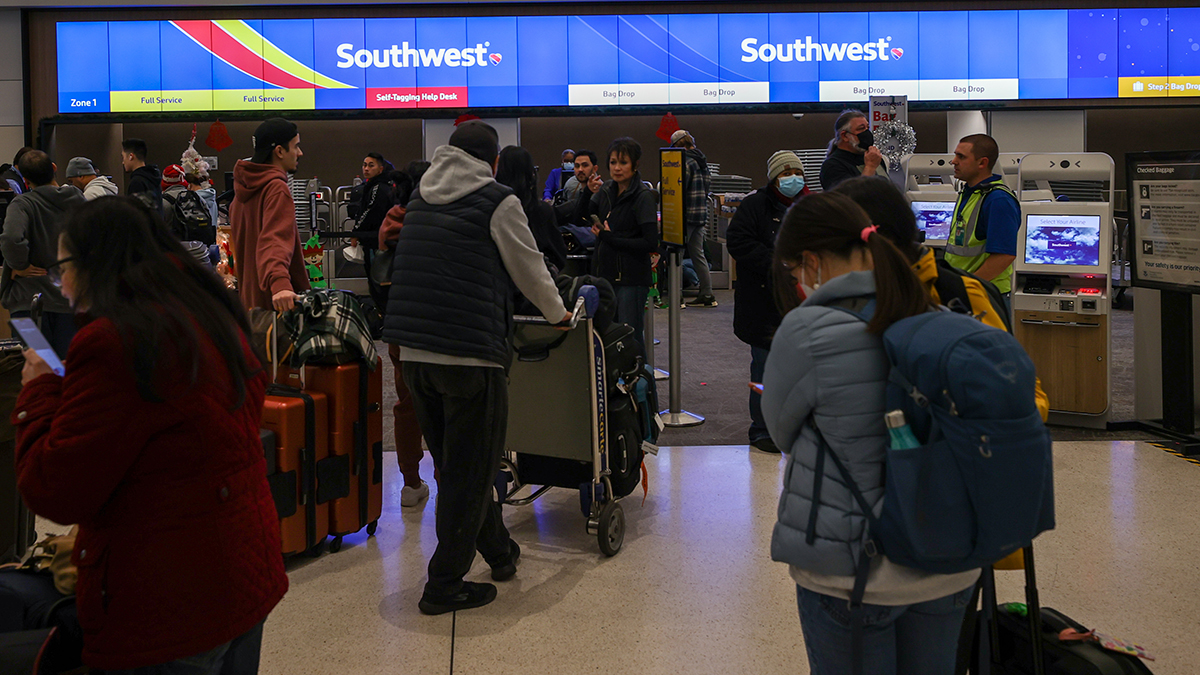
Storm-battered Buffalo braced Tuesday for fresh snow while still counting fatalities and striving to recover from the deadliest storm in western New York in at least two generations.
Even as suburban roads and most major highways in the area reopened, Erie County Executive Mark Poloncarz warned that police would be stationed at entrances to Buffalo and at major intersections because some drivers were flouting a ban on driving within New York’s second-most populous city.
More than 30 people are reported to have died in the region, officials said, including seven storm-related deaths announced Tuesday by Buffalo Mayor Byron Brown’s office. The toll surpasses that of the historic Blizzard of 1977, blamed for killing as many as 29 people in an area known for harsh winter weather.
“Too many people are ignoring the ban,” Poloncarz, a Democrat, said at a news conference.
The National Weather Service predicted that as much as 2 inches of snow could fall Tuesday in Erie County, which includes Buffalo.
While that's nothing like the massive storm that dropped over 4 feet of snow in some places starting on Christmas Eve, “any additional snowfall that Buffalo may continue to have today is going to be impactful,” said lead forecaster Bob Oravec.
“The biggest impact is going to be how it hinders the removal of the previous snowfall,” he said.
Stretching from the Great Lakes near Canada to the Rio Grande along the Mexican border, the storm had killed at least 65 people as of Monday morning, according to an NBC News tally. The deaths were recorded in 12 states: Colorado, Illinois, Kansas, Kentucky, Michigan, Missouri, Nebraska, New York, Ohio, Oklahoma, Tennessee and Wisconsin.
Get a weekly recap of the latest San Francisco Bay Area housing news. Sign up for NBC Bay Area’s Housing Deconstructed newsletter.
In Buffalo, the dead were found in cars, homes and snowbanks. Some died while shoveling snow, others when emergency crews could not respond in time to medical crises. County Executive Mark Poloncarz called the blizzard “the worst storm probably in our lifetime,” even for an area known for heavy snow.
Trisha LoGrasso and her family were still huddled around a space heater in a makeshift hut in her Buffalo living room Monday. She was without heat because of a gas leak, the temperature inside the home was 42 degrees, and burst pipes left her with no running water.
“I’ve lived here my whole life, and this is the worst storm I’ve ever seen,” the 48-year-old said.
President Joe Biden offered federal assistance Monday to hard-hit New York, while Gov. Kathy Hochul toured the aftermath in Buffalo — her hometown — and called the blizzard “one for the ages.” Almost every fire truck in the city became stranded Saturday, she said.
Hochul, a Democrat, noted the storm came a little over a month after the region was inundated with another “historic” snowfall. Between the two storms, snowfall totals are not far off from the 95.4 inches the area normally sees in an entire winter season.
The National Weather Service said the snow total at the Buffalo Niagara International Airport stood at 49.2 inches at 10 a.m. Monday. Officials say the airport will be shut through Wednesday morning.
Some 2,872 domestic and international U.S. flights were canceled Tuesday as of about 8 a.m. Eastern time, according to the tracking site FlightAware.
The U.S. Department of Transportation said it will look into flight cancellations by Southwest Airlines that left travelers stranded at airports across the country amid the winter storm. Many airlines were forced to cancel flights, but Southwest was by far the leader.
Associated Press journalist Julie Walker in New York contributed to this report.



